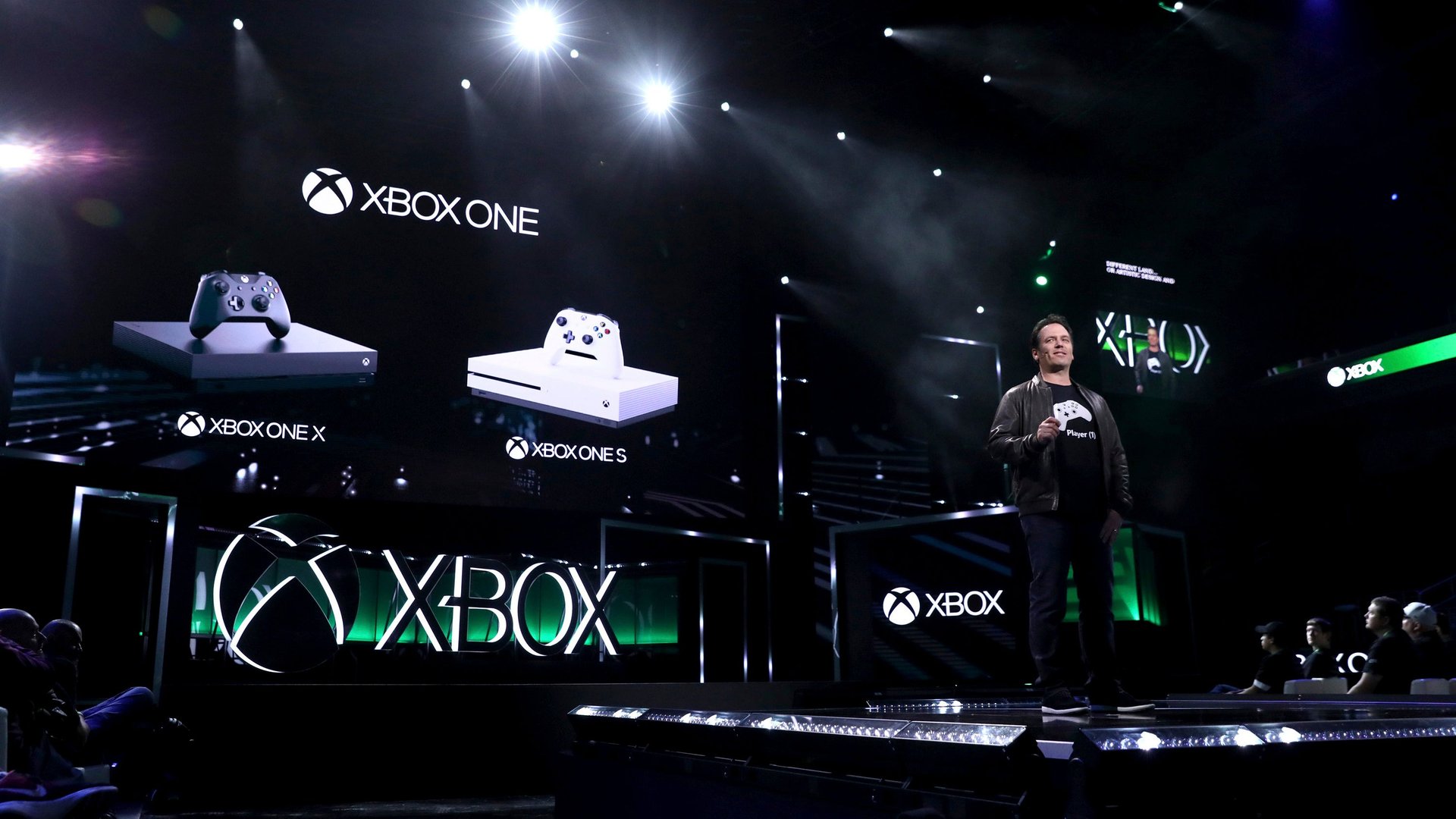Microsoft is taking a page out of the smartphone industry’s playbook to sell its new video game console
How often is too often to buy a new video game console?


How often is too often to buy a new video game console?
Pretty much since Nintendo reinvigorated the home video game market in 1983 with the launch of the Nintendo Entertainment System, video game makers have launched their next-generation machines about every 5-7 years. Companies may have tried, over the years, to spur additional sales by launching smaller, more affordable versions of the consoles before their new hardware was ready, but for the most part, consumers knew their hardware would generally be state-of-the-art for the better part of a decade. This may be changing. Both Sony and Microsoft have now released two new versions of their PlayStation 4 and Xbox One consoles in the last year, presumably in an effort to continue driving sales even when new, generation-defining hardware isn’t quite ready. It’s a strategy already common in the cellphone market.
At a press event kicking off the annual E3 video game convention in Los Angeles, Microsoft unveiled its latest console, the Xbox One X—a confusingly similar name to the Xbox One S it unveiled last summer. The new machine has a far slimmer body than previous Xbox models, and brings upgrades such as a faster processor, more memory and graphics power, and the ability to play games in 4K high-definition resolution. It’s a step up from the One S, which could only stream video content in 4K, not games. The new machine is also the most expensive console on the market right now, debuting this November for $500. For comparison, the brand new Nintendo Switch costs $300 and the PlayStation 4 Pro that Sony launched last winter will set you back $400.
Both the Xbox One X and the Playstation 4 Pro are marketed as sequels to their respective consoles, both of which were originally released in 2013, rather than successors. They’re both more powerful and faster than their original machines, but the two companies have made a point of saying that games released since 2013 will still work on the new machines. Microsoft also confirmed that there will be no new video games released that will only play on the One X, versus the One S or the regular One.
If this all sounds confusing, don’t worry—it is. It’s likely going to become more difficult for the average consumer to know what video game console they should pick up, as there are just going to be so many more options available. But if the video game market ends up becoming as fragmented as the smartphone market has become, this might not be a bad thing. When someone asks me for advice on whether they should upgrade from one iPhone to the next (say the iPhone 6S to the iPhone 7), my answer is rarely yes. Most people don’t need the latest and greatest smartphone year after year—usually, the upgrades from one year to the next are incremental. And so it might be worth holding onto a smartphone for an additional year until there’s a clear reason to upgrade, saving yourself hundreds of dollars in the process.
The video game market may soon look like this. For most people, there may be little reason to buy a One X over a One S: The true selling point is being able to play games in 4K, but if you don’t have a 4K television, spending the extra $250 for the newest machine would be a waste of money. And if you’re just a casual gamer, perhaps just interested in the latest FIFA soccer game, or waiting on the next Star Wars game to take you to a galaxy far, far away, the performance difference between the two machines might not be noticeable. Perhaps save the money, buy a few more games, and wait to see what console makers have in store for the next year, or the year after that.